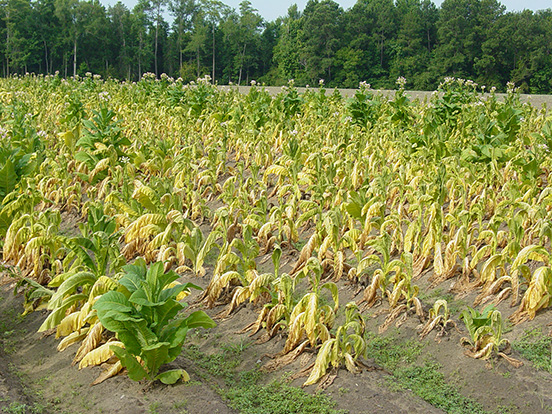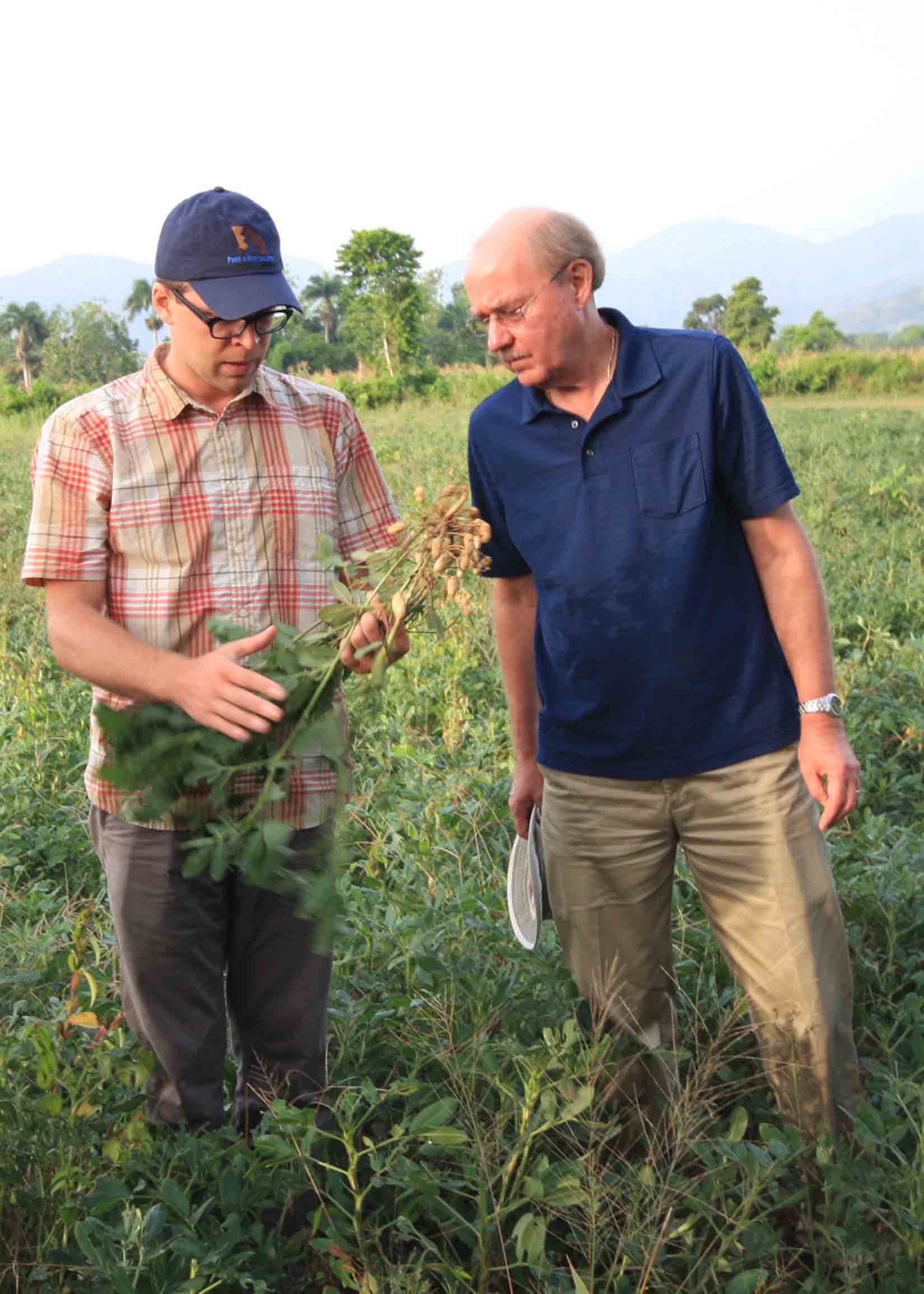 CAES News
CAES News
PMIL in Haiti
The Feed the Future Innovation Lab for Collaborative Research on Peanut Productivity and Mycotoxin Control (Peanut and Mycotoxin Innovation Lab or PMIL) at the University of Georgia College of Agricultural and Environmental Sciences will be touring peanut farms and processing facilities in Haiti this month and hosting a mycotoxin research workshop.

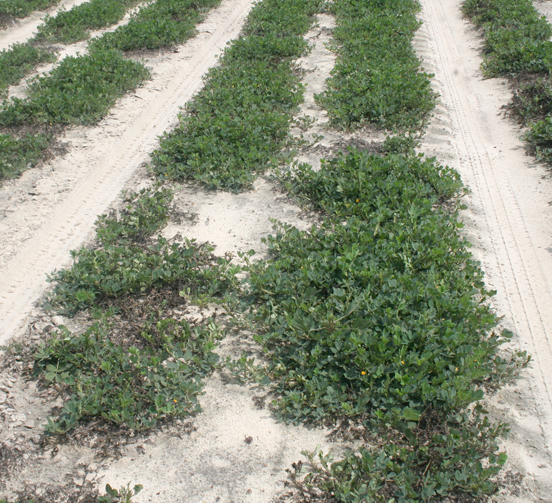
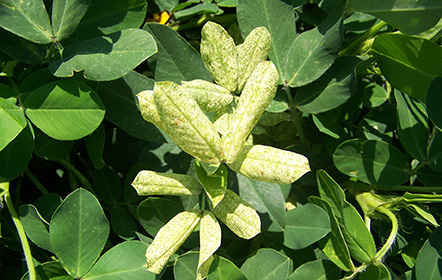
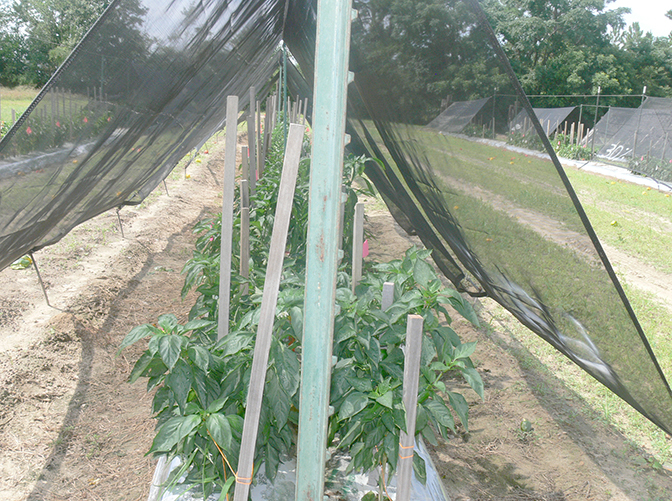
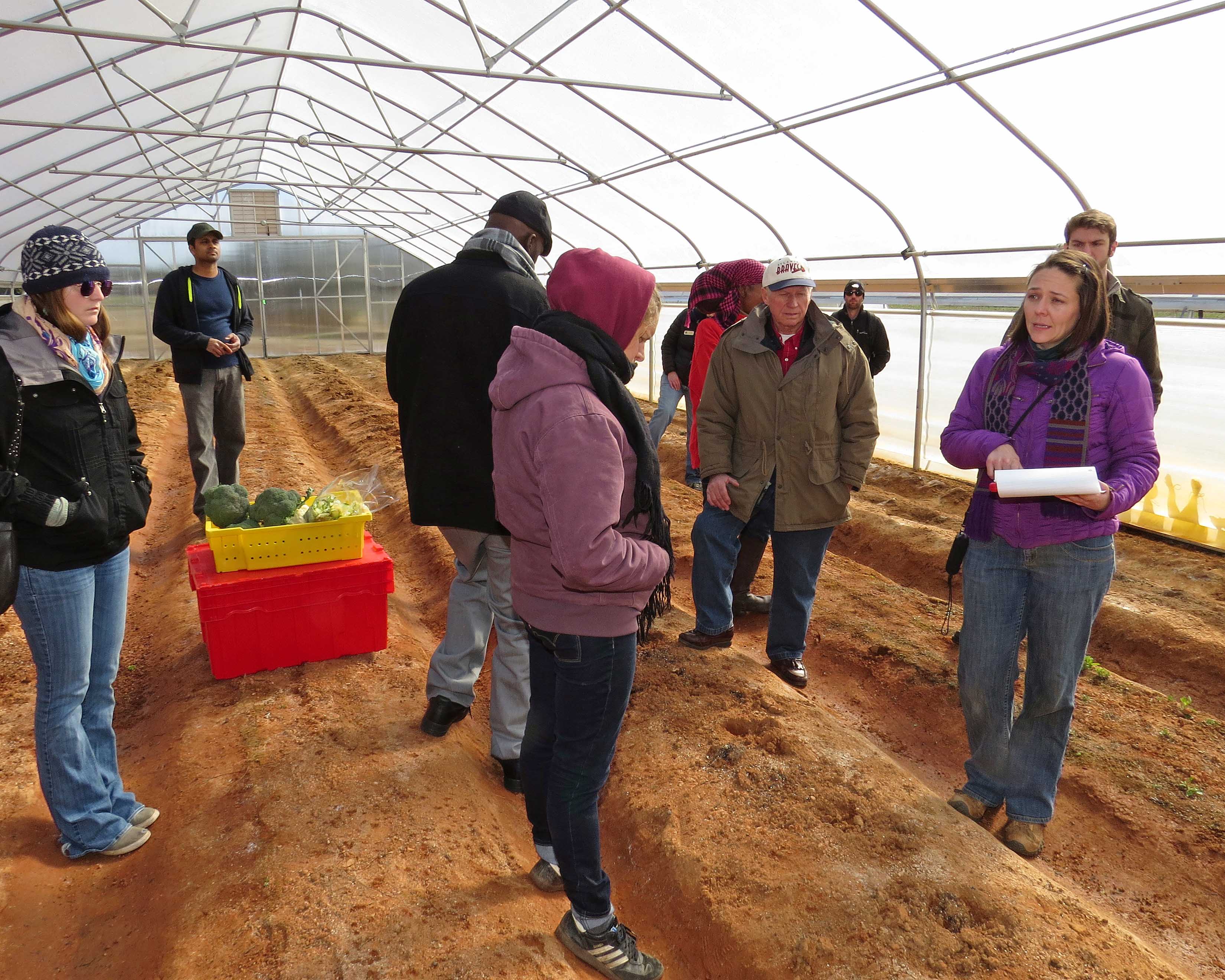
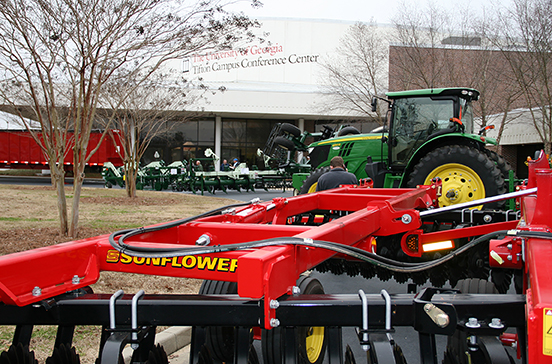
.jpg)
